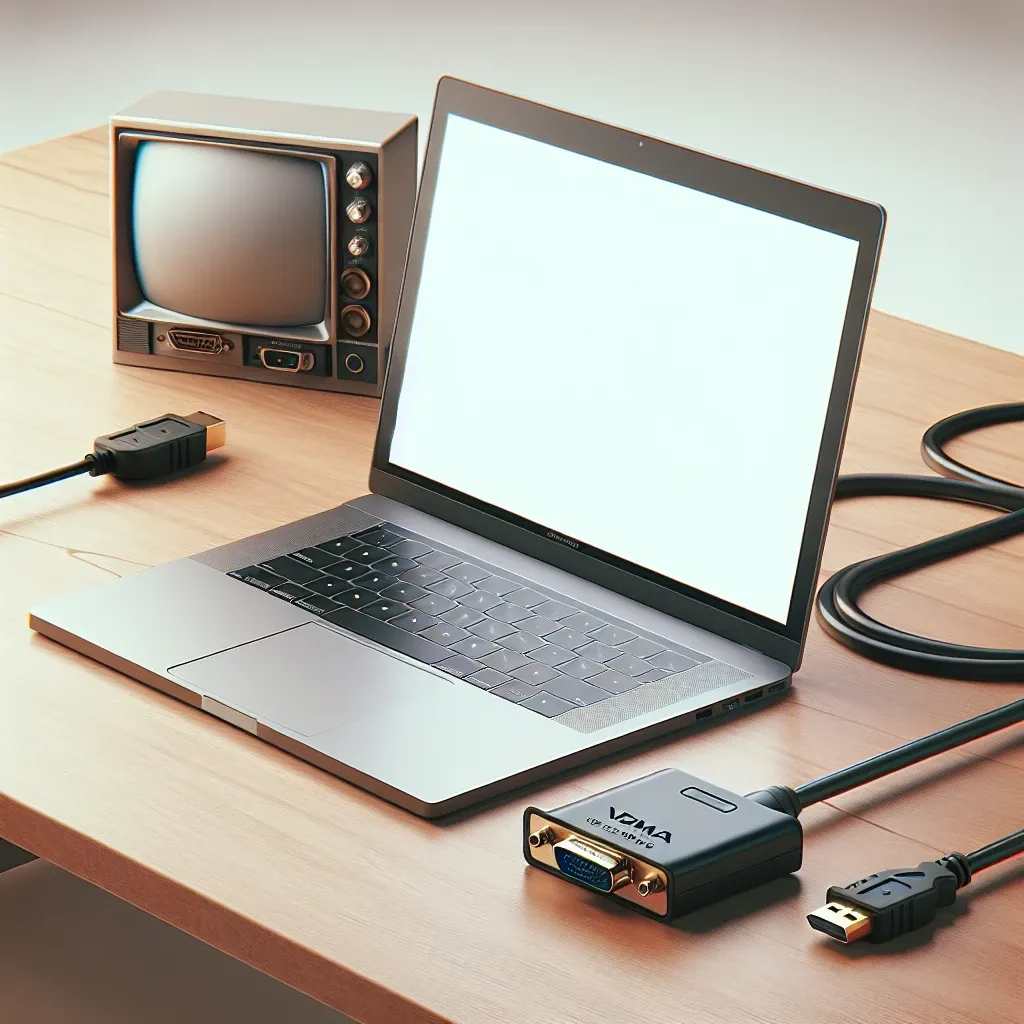In today’s digital world, connecting multiple displays to your laptop can significantly enhance productivity, whether for work, gaming, or entertainment. While most modern laptops come equipped with HDMI or DisplayPort outputs, many older monitors still utilize the VGA port. This leads to a common question: Can I connect a VGA monitor to a laptop without VGA ports using an adapter? The answer is yes, and in this article, we’ll explore how you can achieve this.
Understanding VGA and Adapters
VGA (Video Graphics Array) is an older video output standard that transmits analog video signals. Although less common today, many users still have VGA monitors or projectors. If your laptop lacks a VGA port, you will need an adapter. But not just any adapter will do.
Types of Adapters
- HDMI to VGA Adapter: This is the most common adapter for laptops without VGA ports. It converts the digital HDMI signal to analog VGA, allowing you to connect your laptop to a VGA monitor.
- DisplayPort to VGA Adapter: Similar to HDMI to VGA, this adapter converts DisplayPort output to VGA. It’s an excellent option for laptops with DisplayPort outputs.
- USB-C to VGA Adapter: For modern laptops that primarily feature USB-C ports, a USB-C to VGA adapter can be used to connect to VGA displays.
How to Connect a VGA Monitor to Your Laptop
Follow these simple steps to connect your VGA monitor to your laptop using an adapter:
Step 1: Gather Your Equipment
- A VGA monitor
- Your laptop
- The appropriate adapter
- A VGA cable
Step 2: Connect the Adapter
Plug the adapter into the corresponding port on your laptop. For example, if you have an HDMI to VGA adapter, connect it to the HDMI port. Ensure that it is securely attached.
Step 3: Connect the VGA Cable
Take your VGA cable and connect one end to the VGA adapter and the other end to the VGA port on your monitor. Tighten the screws on the VGA connector to ensure a secure connection.
Step 4: Power On the Monitor
Turn on your VGA monitor and make sure it is set to the correct input source. Most monitors have an input selection option, so ensure it is set to VGA.
Step 5: Configure Display Settings
On your laptop, you may need to configure the display settings. For Windows:
- Right-click on the desktop and select Display settings.
- Scroll down to Multiple displays and select how you want to use the second screen (duplicate, extend, etc.).
- Click Apply to save changes.
If you are using macOS:
- Go to System Preferences and select Displays.
- Click the Arrangement tab to arrange your displays.
Troubleshooting Common Issues
Even with the right equipment, you may face some issues. Here are a few common problems and their solutions:
- Screen is Blank: Check all connections to ensure they are secure. Also, verify that the monitor is powered on and set to the correct input.
- Poor Picture Quality: Make sure you are using good quality VGA and HDMI cables. Check the adapter for compatibility issues.
- No Sound: Remember that VGA does not transmit audio. You will need to connect separate speakers or use a different output for sound.
Conclusion
Connecting a VGA monitor to a laptop without VGA ports is straightforward, provided you have the right adapter. Whether you choose an HDMI, DisplayPort, or USB-C to VGA adapter, the steps are relatively simple and can enhance your workspace significantly. Don’t let the lack of a VGA port deter you; with the right tools, you can keep your older VGA devices in use while enjoying the benefits of modern digital technology.

